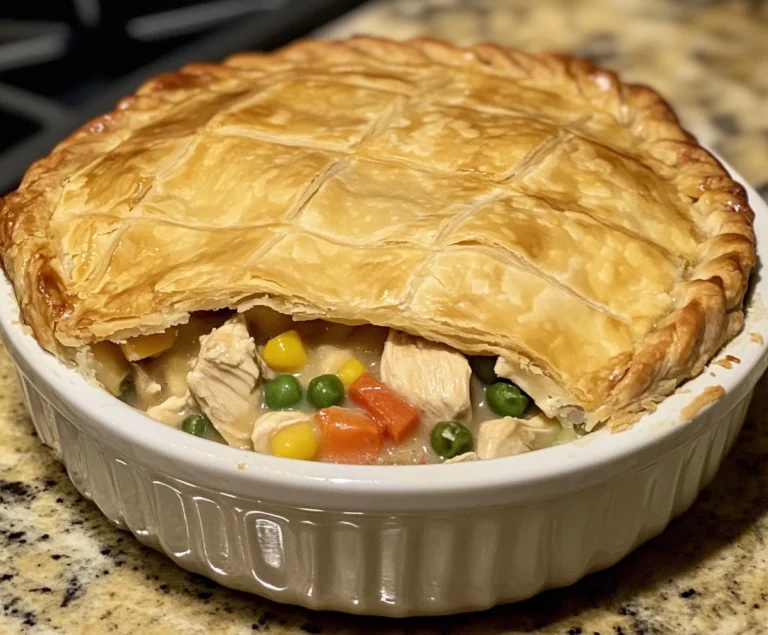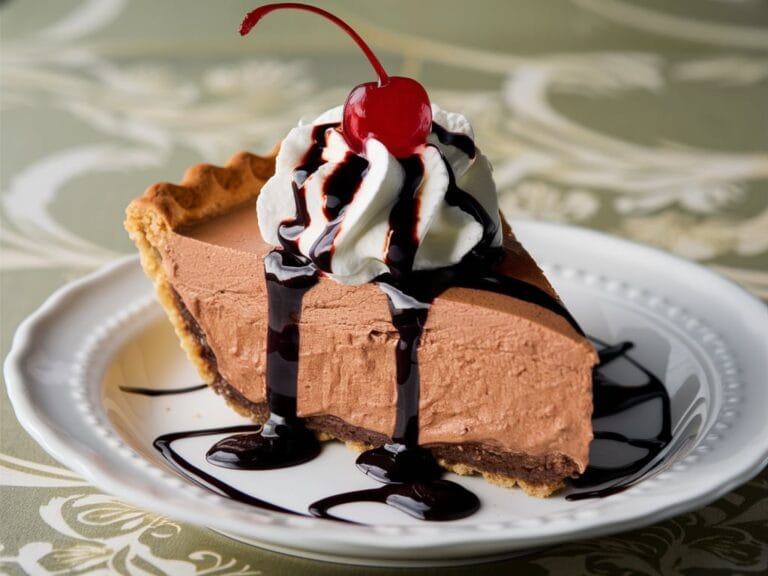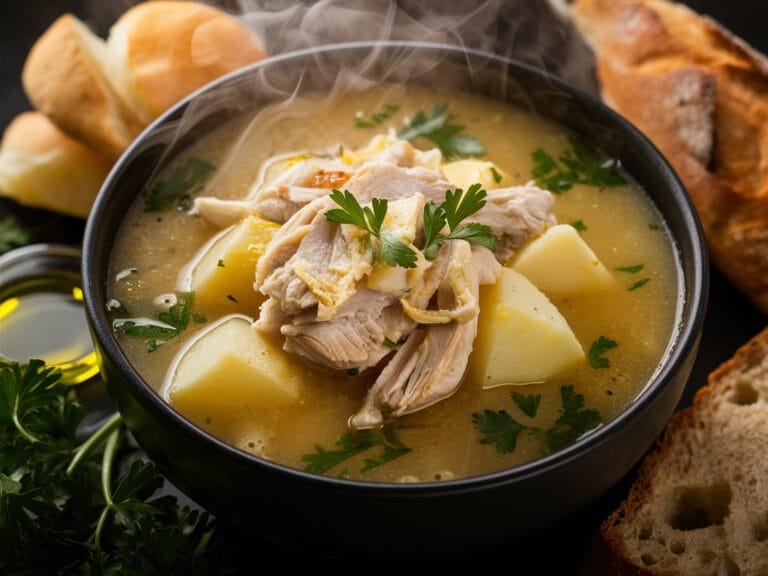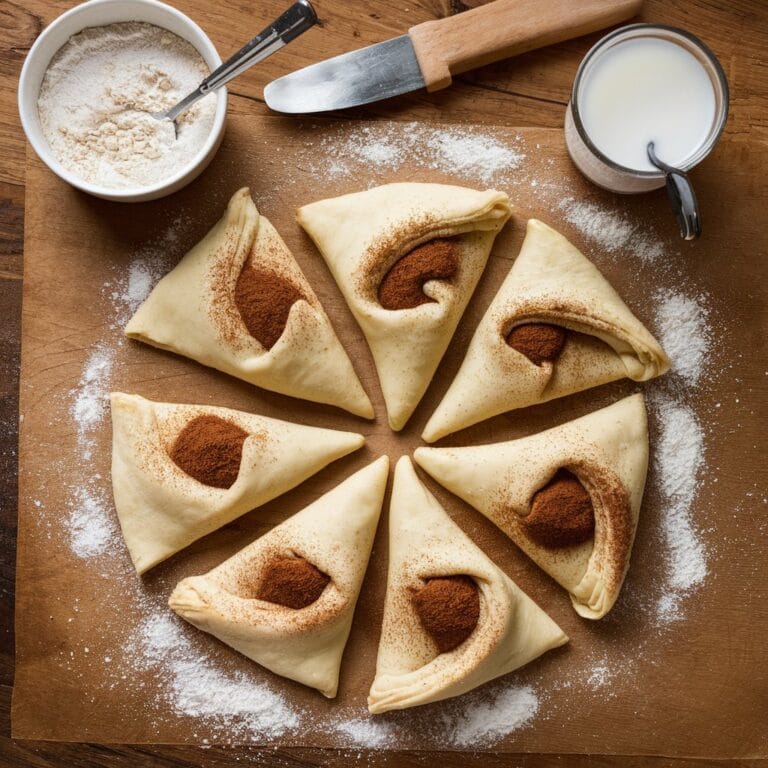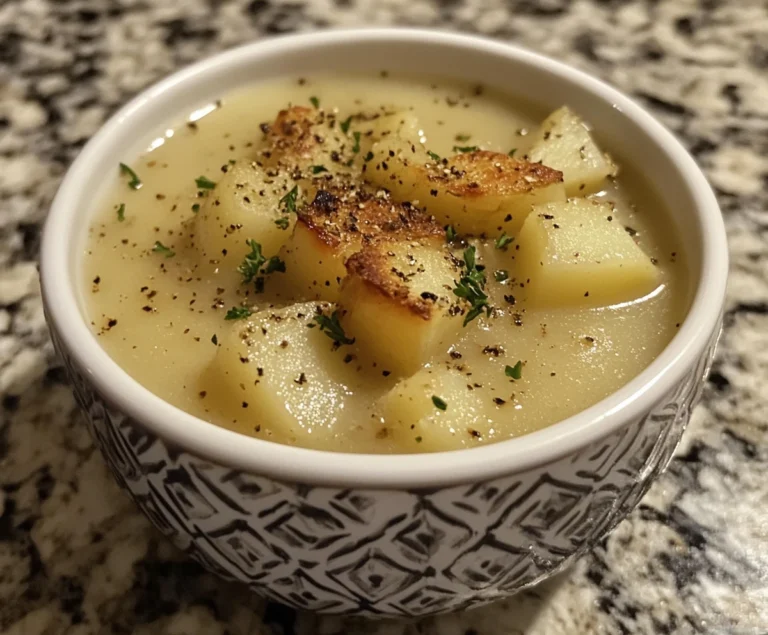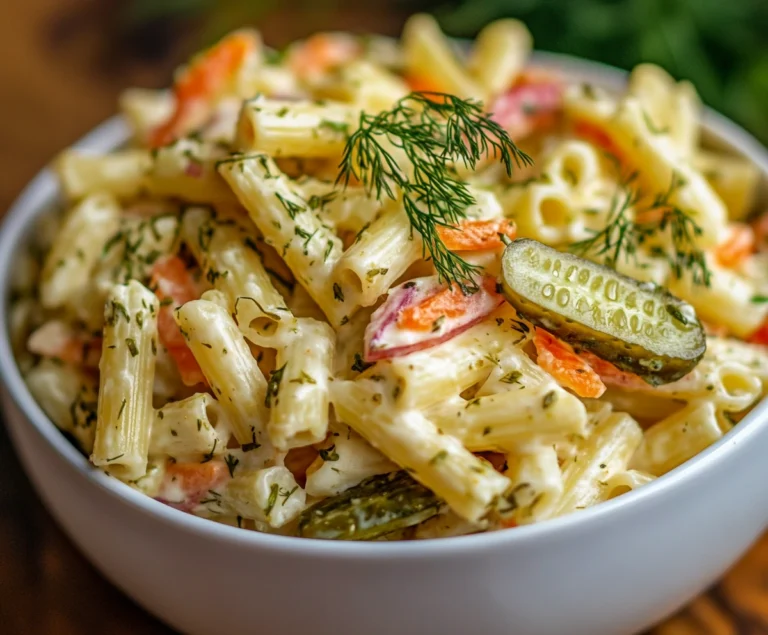What are the five mistakes to avoid pasta salad?
Top five pasta salad mistakes to avoid is a crowd-pleaser that has stood the test of time. Whether served at picnics, barbecues, or family gatherings, it’s a versatile dish that’s easy to prepare and highly customizable. However, as simple as it seems, pasta salad can easily go wrong with a few common mistakes. If you’ve ever ended up with a soggy, bland, or dry pasta salad, you’re not alone. These errors can make the difference between a forgettable dish and a memorable one.
In this detailed guide, we’ll walk through the five most common mistakes to avoid when making pasta salad, as well as offer valuable tips to ensure you create a dish that’s perfectly balanced in flavor, texture, and presentation. Let’s dive deep into the science, art, and common pitfalls of pasta salad preparation.
1. Overcooking the Pasta
One of the most fundamental aspects of pasta salad is, of course, the pasta itself. However, many people overcook their pasta, leading to a dish with a mushy texture that absorbs too much dressing, creating an unappetizing consistency.
Why Overcooking Happens
Overcooking is especially common when preparing pasta for a cold dish like pasta salad. Many cooks mistakenly believe that since the pasta will be chilled, it’s okay to cook it a little longer to soften it up. This couldn’t be further from the truth. Overcooked pasta not only lacks structure but also soaks up too much dressing, leading to a soggy texture that can’t be reversed.
Moreover, cooking times on pasta packaging are often geared towards serving the pasta hot, meaning they may not always apply to cold pasta dishes like salads.
The Importance of Cooking Pasta Al Dente
The term al dente refers to pasta that is cooked just enough to be firm when bitten into. The slightly chewy texture is perfect for pasta salad because it holds up to the mixing and dressing without losing its integrity.
When pasta is cooked al dente:
- It retains its shape and texture.
- It absorbs just the right amount of dressing, preventing the dish from becoming waterlogged.
- The texture stays firm even after refrigeration, ensuring each bite has a slight bite rather than a mushy mouthfeel.
How to Avoid Overcooking Pasta
To cook your pasta perfectly for salad:
- Boil the pasta for slightly less time than the package recommends. Most pasta packages give cooking times for hot pasta dishes. For cold salads, aim for one to two minutes less than the suggested time.
- Test the pasta frequently as it nears completion. You want it to be just firm enough to resist slightly when bitten, but not so undercooked that it has a raw center.
- Cool the pasta quickly by rinsing it under cold water. This stops the cooking process immediately. While rinsing pasta is generally frowned upon for hot dishes, it’s essential for pasta salad because it cools the pasta down, preventing it from overcooking as it sits.
For more detailed insights on how to master pasta cooking, take a look at this comprehensive guide that breaks down the do’s and don’ts of pasta preparation.
Expert Tip: Cooling Pasta Correctly
While rinsing the pasta is the standard practice, you can also enhance the flavor by tossing the pasta with a small amount of olive oil before cooling. This prevents sticking and adds a subtle layer of flavor. Be sure to let the pasta fully cool before adding other ingredients or dressing, as warm pasta will continue to absorb moisture and become soggy.
2. Not Seasoning the Pasta Properly
Many people underestimate the importance of seasoning pasta itself. Pasta salad often ends up tasting bland because the pasta wasn’t properly seasoned during cooking. Relying solely on the dressing to add flavor is a mistake. By the time you add dressing, vegetables, and proteins, unseasoned pasta can dilute the overall taste of the salad.
Why Seasoning is Essential
Pasta on its own is relatively neutral in flavor, and even the best dressing won’t be able to fully compensate for unseasoned pasta. When pasta is boiled without salt, it lacks the depth of flavor that comes from being seasoned from the inside out. Adding salt to the water allows the pasta to absorb that flavor as it cooks, giving your salad a solid foundation.
How to Properly Season Pasta
- Add salt to the water before boiling the pasta. Many chefs recommend using about one tablespoon of salt for every four quarts of water. This may seem like a lot, but only a small portion of the salt is actually absorbed by the pasta. The rest stays in the water.
- Stir the pasta frequently as it cooks to ensure even seasoning. The salt dissolves in the water and flavors the pasta evenly.
- Taste the pasta before draining. You should be able to taste a slight saltiness in the pasta itself, not just the dressing.
Common Myths About Salt and Pasta
There are several misconceptions about adding salt to pasta water:
- Myth: Salt raises the boiling point of water and slows down cooking. While technically true, the effect is negligible in everyday cooking. You would need a massive amount of salt to make any noticeable difference in boiling time.
- Myth: Salt makes pasta unhealthy. While excess salt is unhealthy, using a reasonable amount to season pasta can enhance the dish’s flavor without significantly increasing your sodium intake. Much of the salt stays in the water, not in the pasta itself.
Seasoning pasta during cooking makes a world of difference. If you skip this step, no amount of dressing or add-ins will be able to fully flavor the salad. To delve deeper into why seasoning is so critical, check out this seasoning masterclass.
Expert Tip: Infuse the Pasta with Extra Flavor
If you’re feeling adventurous, try adding other flavors to your pasta water besides salt. A bay leaf, garlic cloves, or even a splash of broth can subtly enhance the flavor of the pasta without overwhelming the dish. Just remember to remove any solid aromatics before mixing the pasta with other ingredients.
3. Choosing the Wrong Type of Pasta
The shape of the pasta plays a crucial role in determining the overall success of a pasta salad. Not all pasta is created equal, and selecting the wrong type can lead to a salad that doesn’t hold its ingredients well or that turns into a clumpy mess.
Why Pasta Shape Matters
Pasta shapes aren’t just about aesthetics—they also affect how well the pasta holds onto the dressing, mix-ins, and other ingredients. The wrong type of pasta can result in a salad where the dressing slides off or the ingredients aren’t evenly distributed.
Some pasta shapes have more surface area, ridges, or holes that can catch and hold onto dressing, while others are too smooth or thin to hold anything substantial.
Best Types of Pasta for Salad
- Short, ridged pasta is ideal for pasta salads. Think fusilli, penne, farfalle, or rotini. These shapes have plenty of nooks and crannies to trap dressing, ensuring every bite is flavorful.
- Avoid long, thin pasta like spaghetti or fettuccine. These shapes are better suited for hot, saucy dishes because they tend to clump together when mixed cold and don’t hold onto the dressing well.
How to Choose the Right Pasta for Different Types of Salad
The pasta you choose should also depend on the type of pasta salad you’re making:
- For creamy pasta salads (e.g., those with mayonnaise or sour cream-based dressings), go for shapes with larger surface areas like penne or rigatoni. The thick dressing clings to these shapes better, creating a balanced bite.
- For light, oil-based dressings (e.g., vinaigrettes or pesto), opt for thinner shapes like fusilli or farfalle, which won’t become too heavy under the dressing.
For more details on how to choose the best pasta shape for your salad, check out this informative guide on pasta pairings.
Expert Tip: Experiment with Different Pasta Shapes
While certain shapes are traditional for pasta salad, don’t be afraid to experiment. Try orzo for a Greek-style salad, or go bold with larger shapes like orecchiette, which can hold small vegetables and dressings perfectly. Additionally, pasta made from alternative ingredients like chickpeas or lentils can offer interesting textures and flavors.
4. Not Dressing the Salad Properly
The dressing is what ties the entire salad together. However, many people either overdo or underdo it, leading to a salad that’s either drenched in dressing or too dry to enjoy. Timing is also critical—if you add the dressing at the wrong time, it may not be absorbed properly.
The Problem with Overdressing
Overdressing your pasta salad is one of the quickest ways to ruin the dish. Too much dressing can overwhelm the ingredients and make the salad feel greasy or heavy, detracting from the freshness of the vegetables or the subtle flavors of herbs.
- Start small. Add a little dressing, toss the salad, and then taste. It’s easier to add more if needed than to try and take it away.
- Watch for oil separation. If your dressing has oil (like a vinaigrette), it can separate over time. If you add too much too soon, the salad can become oily.
The Problem with Underdressing
On the flip side, adding too little dressing can result in a dry, flavorless pasta salad. Pasta will absorb some of the dressing as it sits, especially if you’re refrigerating the salad for later.
- Keep some extra dressing aside. As pasta salad sits, it can soak up the dressing, especially after being refrigerated. Reserve a small amount to mix in just before serving to refresh the flavors.
Timing: When to Add the Dressing
- Dress the pasta while it’s still warm. Warm pasta absorbs dressing more effectively than cold pasta, which helps infuse the salad with flavor. However, don’t add dressing while the pasta is piping hot, as this can break down the ingredients or cause creamy dressings to separate.
- Let the pasta cool slightly—just until it’s warm to the touch—before adding dressing. This is the sweet spot where the pasta will absorb the flavors but won’t become soggy.
If you’re curious about perfecting your pasta salad dressing, check out this dressing guide for more tips.
Expert Tip: Layering Dressings
For even more flavor complexity, try layering your dressings. Add a light coating of oil or vinaigrette while the pasta is still warm, then mix in a more robust dressing or additional flavors (like lemon juice or herbs) before serving. This allows the pasta to fully absorb the flavors and keeps it from drying out.
5. Skipping Fresh Vegetables and Add-Ins
One of the biggest mistakes people make when preparing pasta salad is relying too heavily on the pasta and dressing while neglecting vegetables and other fresh ingredients. A pasta salad without crunchy, colorful veggies or aromatic herbs can feel heavy and one-dimensional. Vegetables provide balance by adding texture, color, and nutritional value.
Why Vegetables Are Essential
Vegetables in pasta salad aren’t just for garnish—they play a critical role in balancing out the starchiness of the pasta and the richness of the dressing. Fresh vegetables:
- Add a crunch factor that contrasts with the softness of the pasta.
- Brighten up the flavors with acidity or sweetness, cutting through the heaviness of mayonnaise or oil-based dressings.
- Bring a burst of color that makes the dish visually appealing.
Best Vegetables for Pasta Salad
The type of vegetables you use will depend on the overall flavor profile of your salad. Some of the best vegetables for pasta salad include:
- Cucumbers: Add crunch and a refreshing element, especially for Mediterranean-style salads.
- Cherry tomatoes: Offer sweetness and acidity that balances out creamy or rich dressings.
- Bell peppers: Their bright colors and crisp texture are perfect for any salad.
- Red onions or shallots: These add a sharp, tangy bite that cuts through the starchiness of the pasta.
For salads that lean towards heartier ingredients, you can also try adding roasted vegetables like zucchini, eggplant, or even artichoke hearts. For more inspiration, explore this recipe on zucchini and mushroom salad.
Don’t Forget the Herbs
Fresh herbs like basil, parsley, dill, or cilantro can transform a pasta salad from good to great. Herbs provide a fragrant, fresh taste that complements heavier ingredients like cheese or meat.
- Basil works wonderfully in Italian-style salads, especially those with tomatoes and mozzarella.
- Parsley and dill bring brightness and freshness, ideal for salads with tangy or creamy dressings.
- Cilantro is a great option for Southwestern or Asian-inspired pasta salads.
Herbs should always be added just before serving to maintain their vibrant flavor and prevent them from wilting.
Proteins as Add-Ins
To make your pasta salad more filling or to serve it as a main dish, consider adding a source of protein. Some popular options include:
- Grilled chicken for a light, healthy option.
- Tuna or shrimp for a seafood twist, especially in Mediterranean-style salads.
- Chickpeas or black beans for a vegetarian-friendly protein boost.
By including a combination of vegetables, herbs, and proteins, you can turn your pasta salad into a well-rounded, flavorful dish that can be served as a side or a main course.
Conclusion
Making the perfect pasta salad is an art that involves balancing flavors, textures, and freshness. By avoiding these common mistakes—overcooking the pasta, not seasoning it properly, choosing the wrong type of pasta, improperly dressing the salad, and skipping vegetables and fresh add-ins—you’ll create a pasta salad that stands out every time.
Remember, each step of the process is important, from choosing the right pasta to timing when you add the dressing. With these tips in hand, your pasta salad will be the talk of your next gathering, and you’ll never have to worry about soggy or bland pasta again.
By following these guidelines and incorporating fresh ingredients, flavorful dressings, and perfectly cooked pasta, you’ll master the art of pasta salad-making, no matter the occasion.


